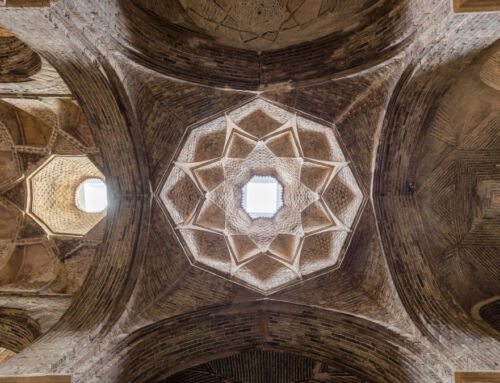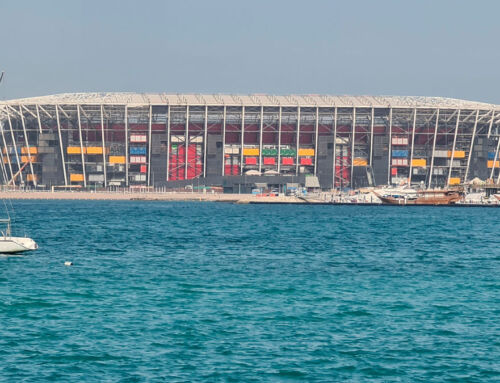In 1985 UNESCO declared the ancient underground ‘city’ of Derinkuyu, in the province of Nevşehir, in the historic region of Cappadocia, Central Anatolia, Turkey, a World Heritage Site. After it was discovered by chance during domestic work in 1963, archaeologists from the Turkish Ministry of Culture excavated and studied it. They learned that this 18-storey city, which penetrates to a depth of 85 m and covers an area of 445 km2, was once home to some 20,000 inhabitants.
Some archaeologists believe that it was the Phrygians, an ancient Indo-European people who founded the kingdom of Anatolia (12th-7th century BC), who excavated the first gallery at Derinkuyu between the 8th and 7th centuries BC. Other theories, however, suggest the Persians or Hittites as the initiators of the underground city. In any case, the first written description of an underground city in the region dates from around 370 BC. It is found in the Anabasis, an ancient Greek text attributed to the Athenian writer and military man Xenophon. In its seven “books” it describes the expedition in 401 BC of an army of 10,000 Greek mercenaries in the service of the Achaemenid prince and general Cyrus the Younger, who sought to wrest the throne of Persia from his brother Artaxerxes II. In the Anabasis, Xenophon refers to the fact that the inhabitants of Anatolia had dug their houses underground, which, he adds, have enough space for a family, domestic animals and food storage.

Derinkuyu is indeed a complex and labyrinthine network of tunnels stretching in all directions and connecting an infinite number of chambers and rooms. And as Xenophon noted 2,400 years ago, these rooms were used as living quarters for families, their food and animals, but also as prayer chapels, meeting places, schools, workshops, kitchens and dining halls… there is even a wine cellar attached to a wine press for making wine. In addition to all this, there is an intricate infrastructure of water wells, cookers, ventilation chimneys for air renewal and smoke evacuation. Finally, on the top level, they still had a Latin cross church and a small cemetery. It should only be added that, as sunlight did not penetrate the interior, the inhabitants used oil lamps to walk along the corridors, carry out their activities and live in the rooms.

But what led the ancient inhabitants of Anatolia to live in an underground city? According to experts, the residents of Derinkuyu did not live permanently underground, but only descended to the underworld in search of refuge, when they were harassed by invaders and/or religious persecutions took place. In any case, the inhabitants only spent days, maybe weeks, some months, inside. Large rolling stones, similar to millstones, which served as gates to strategically block some of the city’s tunnels, are clear evidence of the defensive nature of the underground complex.

Derinkuyu is said to have been completed during the Byzantine period, during the wars between the Arabs and the Byzantines (AD 780-1180). At that time, the underground complex was useful for escaping from Arab Muslims, but also during the 14thcentury Turkmen raids of the conqueror Tamerlane. However, after the fall of the region into Ottoman hands, native Greeks, Armenians and Cappadocians also fled persecution in its tunnels. According to sources, Derinkuyu was abandoned from 1923, after the expulsion of Orthodox Christians from the region and their transfer to Greece, in an exchange with Turkey for Muslims (1.2 million Greek Orthodox from Asia Minor, Eastern Thrace, the Pontic Alps and the Caucasus, and about 400,000 Muslims from Greece), in order to normalise relations between the two countries and prevent further massacres.

But Derinkuyu is not the only underground city in Turkey. In the Cappadocia region, whose volcanic geology facilitates digging into soft rock, there are an estimated 200 such cities. Among the most prominent are Sarayini or the relatively recently discovered one beneath Nevsehir Castle. In some cases, it is even suspected, and still under investigation, that some of these underground cities are connected to each other by kilometre-long tunnels.
For your illustration and as an example, we leave you images of the discovery of Nevsehir, in this spectacular vídeo:






